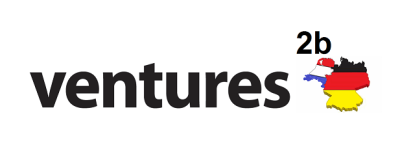Social Media ROI – Digging A Little Deeper
by JohnSheridan
As promised in a previous post on this topic, here is the next layer of the Social Media Scorecard I talked about in San Diego last week.
The audiences’ biggest surprise, I think, was that in a crowded world of highly sophisticated automated tools, you might still have to actually talk to people.
It was humbling to stand in front of a in a sold-out room full of SoCal software giants talking about measuring Social Media in what is arguably the hot-bed of analytics in the United States. There were more PhD’s in the room, than I’ve had hot meals.
OK. Maybe not that many. But you get the picture.
Nonetheless, the logical, common-sense, balanced approach to measuring Social Media rang true with the room. The ‘revelation’ arrived when I discussed the” Community Vitality” quadrant. Yes, the user, your community members, are the true source of the key information you need.
The last post introduced the Quadrants of the scorecard, and this post digs deeper into where the data comes from and how you collect it.
I used this model to discuss how to think about setting up a SM-BSC:
.jpg)
Social Health relies upon monitoring, or listening tools, configured to trawl the vast amount of blogs, discussion areas, and social networks to obtain conversational data pertaining to the objectives at hand. This is the social commentary that exists outside the immediate world of an organization. The type of information you are looking for usually falls into two categories: (1) sentiment (positive, negative, or neutral), and (2) volume (the amount of conversation, if any at all).
Community Vitality is the key to understanding Community Experience (CX) and is best understood by doing primary research with an organization’s community members using a survey tool. The SM-BSC looks for Community Vitality using these indicator areas:
• Sense of trust
• Support from other members
• Opportunity to contribute
• Socialization between members
• Sense of respect
• Support from community owner(s)
• Duration and frequency of visit
• Sense of trust
• Support from other members
• Opportunity to contribute
• Socialization between members
• Sense of respect
• Support from community owner(s)
• Duration and frequency of visit
Integration examines the internal aspects of the program, and will collect data depending upon the objective(s). For example, efficiency and productivity objectives will look for data using internal reporting, such as Time Management Systems. But employee engagement and retention objectives will use survey data to provide measures.
Capital measures are always looking to track the financial and human investments of any Social Media program. In the case where the objective(s) are related to the contribution of Social Media to financial gain, data from sales may also be examined. Conversely, where Social Media is contributing to cost reductions, related measures may be tracked, such as call-center expenses.
Bron: http://www.socialmedia404.com/?p=1423#more-1423
This is the complete White Paper:

sm.jpg) As promised
As promised